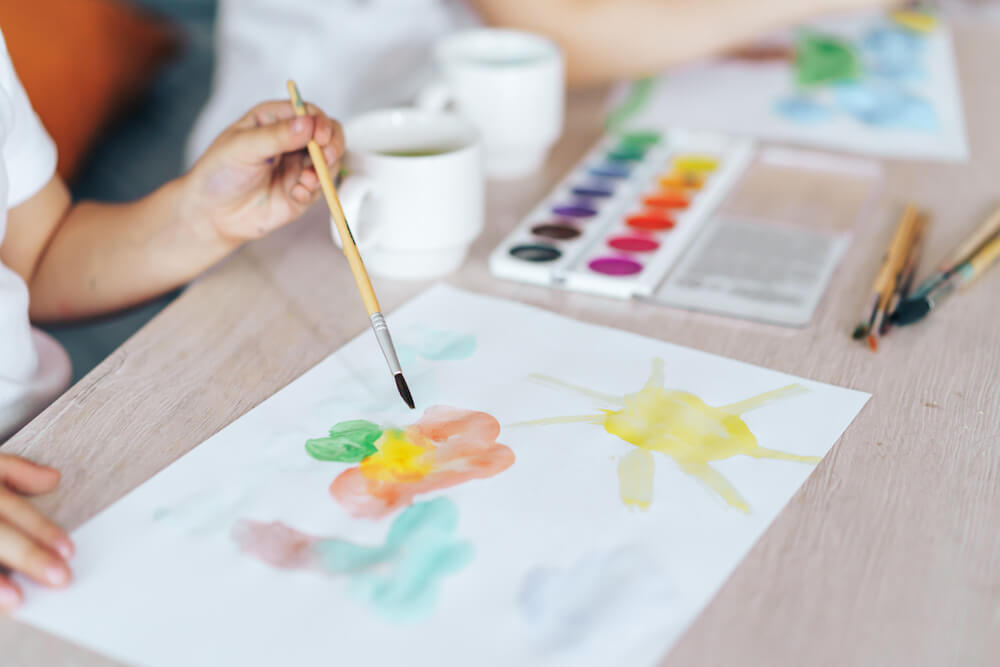Key points:
- Gross motor skills, like throwing a ball, develop around 48 months.
- Throwing indicates muscle strength, balance, and coordination.
- Children progress from simple throws to more complex movements by 48 months.
- Encourage skill development by breaking the task into steps and providing opportunities to practice.
As the American Academy of Pediatrics states, at around 48 months of age, preschool children are developing the gross motor control needed to throw a ball over their heads using both hands, and using their whole body to propel it and give it momentum. A child’s ability to throw an object might not seem as developmentally important as walking or mastering the pincer grasp. However, it’s actually a good indicator of muscle strength and development, and of how well a child can balance and control their body while moving, of how much they engage with the environment, and how well they coordinate different limbs doing opposite actions at the same time.
Let’s do an overview of how your child develops the necessary capacities to throw a ball. By 24 months of age, they are able to throw forward small and light objects (like a tennis ball) using an overhand or underhand technique. While at 2 years they’ll throw objects farther than 3 feet, by 30 months of age they will develop the muscular strength needed to throw the same object at least 6 feet. At 42 months, your little one will be able to throw a tennis ball up to 10 feet using a more complex set of movements, like moving arms up and back to propel the throw and rotate the torso accordingly. By 48 months, they’ll be able to move their arms and legs to prepare the movement and then throw an object.
You can help your child tackle complicated physical skills by providing plenty of opportunities to try and do a task. Break down the movement into independent steps, like lifting a ball over their head, maintaining their balance, holding the ball in the different positions of arms and legs needed to do the “throwing” sequence, and, finally, praising and encouraging their effort.








